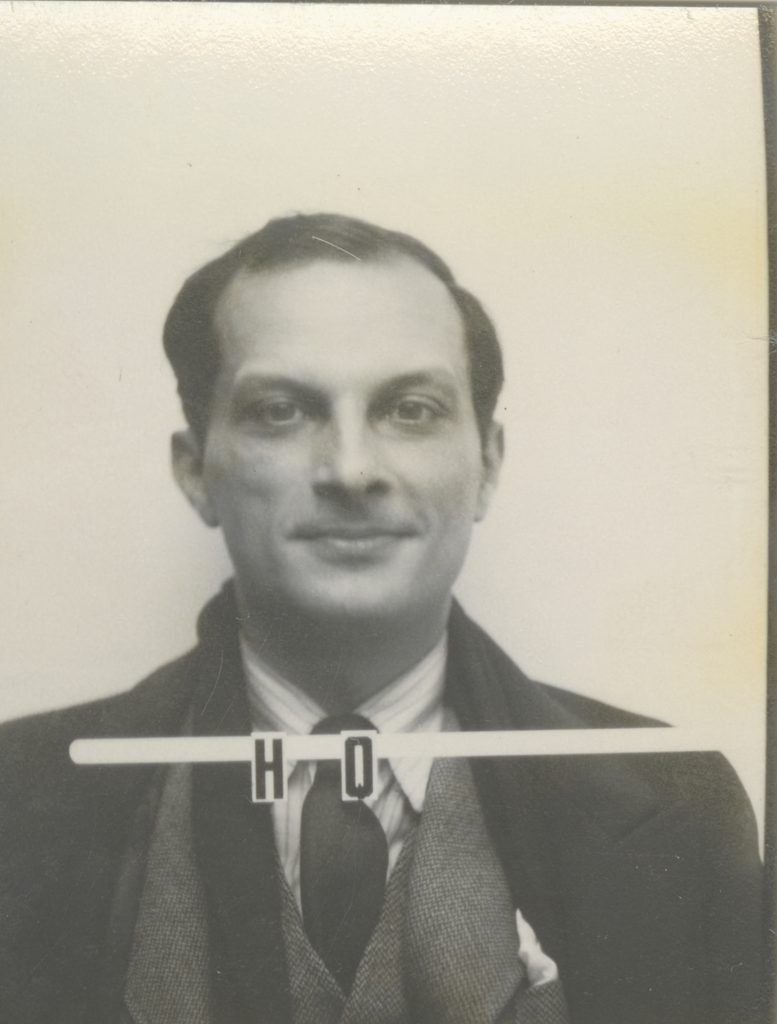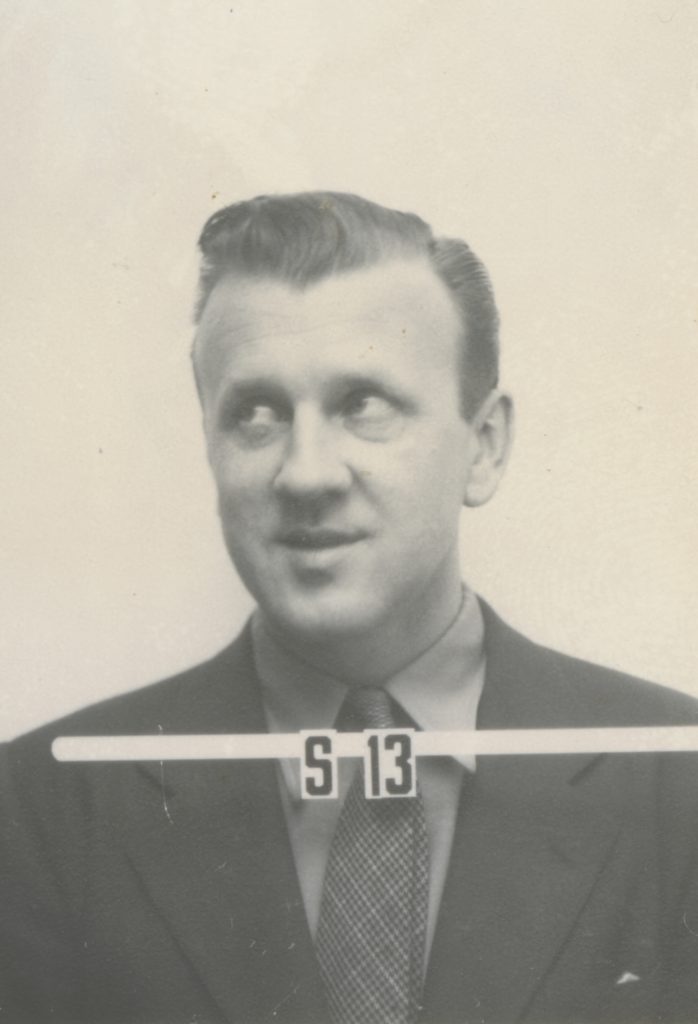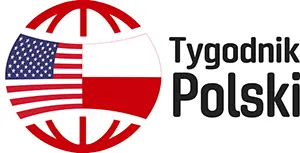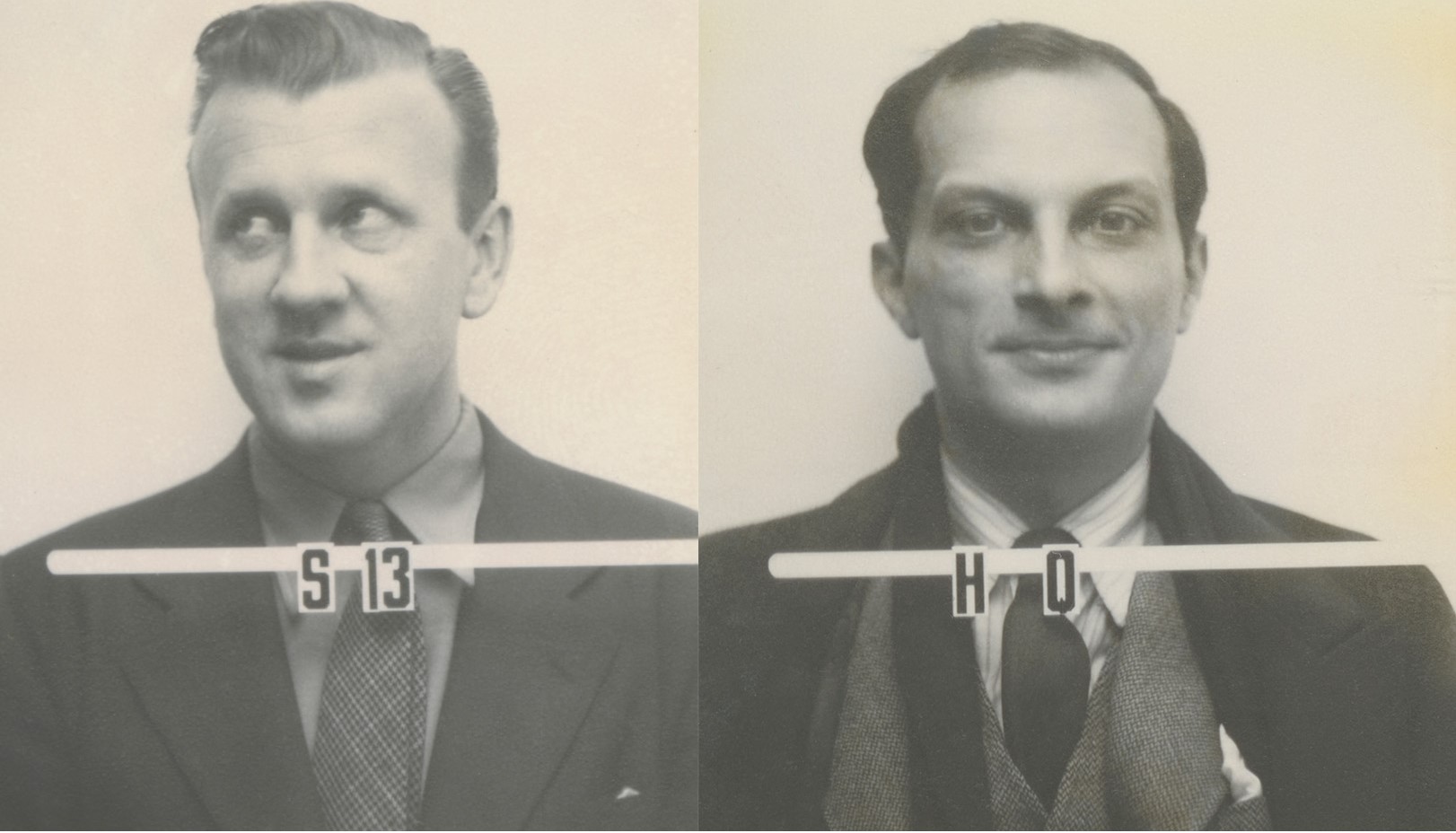John Radzilowski
On August 6, 1945—eighty years ago this week—the U.S. dropped the first atomic bomb on Hiroshima, beginning the atomic age. The U.S. dropped a second bomb on Nagasaki three days later, which resulted in Japan’s surrender and the end of World War II. The atomic bombs were the culmination of the Manhattan Project, one of the most important scientific and military efforts of the twentieth century and the apex of America’s war effort.
The effort to create a working atomic bomb and to beat totalitarian powers like Nazi Germany (and the Soviet Union) to the finish line required the solving of numerous theoretical and practical problems. Many of these problems, which had challenged physicists for years, had to be solved in a matter of months if not weeks and required one of the greatest collections of scientific talent the world had ever known. Names like Albert Einstein and Robert Oppenheimer are well known to any history student and have been the subject of books and movies.
The teams that worked on the atomic bomb project came from America and all over the world, and several were refugees from war and totalitarianism in Europe including the Italian Enrico Fermi and the German-Jewish Einstein.
The Polish role in the Manhattan Project was also important, though less well known in the popular imagery.

The best-known Polish scientist on the project was Stanisław Ulam. A native of Lwów, Ulam was born into a well-to-do assimilated Polish Jewish family. A gifted student, Ulam studied with leading Polish mathematicians such as Stefan Banach and Hugo Steinhaus at Jan Kazimierz University the center of the “Lwów School of Mathematics,” one of the foremost centers of mathematical research in Europe. Ulam quickly made a name for himself through contributions to posing and solving theoretical problems in the “Scottish Book” a collective work of research notes and problems created by Lwów mathematicians (and named after the café where they met to discuss their research). In 1935, Ulam was invited to take a position in the U.S. at Princeton University and later accepted a research post at Harvard. In 1939, he and his 17-year-old brother Adam, cut short their summer vacation in Poland at the insistence of their father and departed for America ten days before Nazi Germany attacked Poland. His father and most of his family die at the hands of the Germans as would many of his former Lwów colleagues. (His brother Adam would go on to be one of the foremost American scholars of the history of the Soviet Union.)
In 1943, Ulam was recruited to work at Los Alamos where his mathematical skills would prove important. To achieve a nuclear chain reaction scientists sought to use conventional explosives to compress fissile material such plutonium, but the shape of the explosion had to calculated with great precision in order achieve a nuclear blast. Working with his friend, Hungarian American mathematician, John von Neumann, Ulam was able to provide calculations that led to a successful design that led to the detonator of the first nuclear weapons. After the war, Ulam would go to help create (with Edmund Teller) a workable design for the first hydrogen bomb, tested in 1952. Aside from his work on the Manhattan Project and H-Bomb, Ulam played an important role in the development of early computers. His interest in computing was a direct result of his work on the Manhattan Project and the need to conduct numerous complex calculations quickly and effectively.

Although Ulam’s work is relatively well known and he is considered one of the “fathers” of hydrogen bomb, there was another Pole—one born in America—who also played a key role in the Manhattan Project. Emil Jan Konopinski was the son of a Polish immigrant Józef Konopiński and an American-born mother Zofia Sniegowski. He was born in Michigan City, Indiana, in 1911, but the family moved to Hamtramck around the time of World War I. His father worked in a foundry and later in an automobile plant. The young Konopinski attended Hamtramck High School and excelled academically. At a time when few Polish kids from Hamtramck had a chance at going to college, Konopinski was accepted at the University of Michigan (likely on a scholarship since his father’s employment as a factory worker would not have allowed the family to afford the tuition). He went on to receive his Ph.D. in physics in Ann Arbor in 1936. He did post-doctoral work at Cornell and in 1938 took position in the physics department at Indiana University in Bloomington.
When the war started, he took leave from the university and joined Fermi at the University of Chicago where he helped build the world’s first nuclear reactor. Robert Oppenheimer selected him as a part of a small group of researchers to conduct top secret work at Los Alamos, New Mexico. Konopinski was one of the first scientists at Los Alamos and his work was critical to the success of the project since it centered on whether it was safe to even attempt a nuclear explosion that might risk an uncontrolled chain reaction that would ignite the earth’s atmosphere. Konopinski’s research which was kept classified for many years proved that it could be done safely. He also oversaw safety measures during the production of the first atomic bombs. He made further contributions by suggesting the use of tritium as a material for nuclear explosions. After the war, he quietly returned to his teaching role in Bloomington. He won numerous awards for his teaching, wrote several textbooks, and continued his theoretical research, passing away in 1991.
Another physicist who made contributions to the project was Lew Konarski, who is sometimes described as Russian or French, though his father was Polish and his mother Ukrainian. He was born in St. Petersburg and fled with his family to Wilno after the Russian Revolution and was educated in France where he worked with Frédéric Joliot-Curie, the son-in-law of and former assistant to the Polish Nobel Prize physicist and chemist Maria Skłodowska-Curie. Joliot-Curie and Konarski managed to evacuate the world’s entire stock of heavy water from France to England prior to the German takeover of France in 1940. Konarski then worked on the British equivalent of the Manhattan Project. He helped describe one of the earliest models of a nuclear fission reactor and later went on to lead the construction of Canada’s and France’s first nuclear reactors.
The part played by Ulam, Konopinski, and to a lesser extent Konarski were overlooked by many historians. Ulam’s role was obscured by his later rivalry with Edmund Teller who wanted credit for the development of the H-bomb. Konopinski was quiet and self-effacing and preferred to focus on his university teaching and research. In addition, many of the achievements of these scientists were areas of complex math and physics that were not easy for the public to readily grasp and much of the research remained highly classified for decades after the war. Although the Manhattan Project and the decision to drop the atomic bombs on Japan in August 1945 remains the subject of much debate, there is little doubt that it helped to hasten the end of the war. Poland was at the epicenter of World War II from the very beginning, so it is only fitting that the role played by Poles in the war’s end be restored to it place in historical memory.
Photos courtesy Historic Badges









